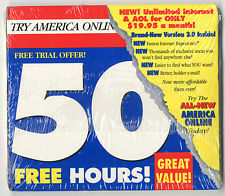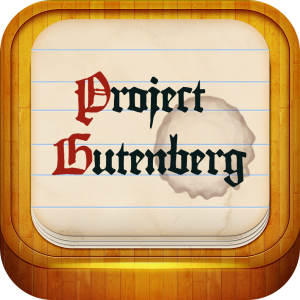Archive for December 1, 2025
Business.com is Big Business

The domain name business.com sells for $7.5 million. At the time, it was the most expensive domain name sold in history and still ranks in the top 15 all-time most expensive domain names. Domain name investor Marc Ostrofsky had purchased the domain in the mid 90’s for $150,000.
In 2007 the company that owned Business.com and created a ad network website around the domain sold for $345 million to Yellow Pages publisher R.H. Donnelly. Marc Ostrofsky reportedly owned a stake in this company as well.
If only I had the foresight in the 90’s to buy up simple domain names when they were all available! I was in the right position to do so, but I just didn’t think of doing it until years later when they had already been registered and started selling for crazy amounts of money. However, I did help my parents sell a domain they registered in the 90’s for $20,000. Looking back now, I probably could have gotten a lot more for it.
AOL Goes Unlimited
America Online launches a new subscription plan offering their subscribers unlimited dial-up Internet access for $19.95/month. Previously, AOL charged $9.95/month for 5 hours of usage. The new plan brought in over one million new customers to AOL within weeks and daily usage doubled among subscribers (to a whole 32 minutes per day!). This huge increase in usage overloads AOL’s infrastructure with the result being that many of their subscribers could not access the service. Class action lawsuits were filed by angry subscribers who could no longer access the service they were paying for. Regardless of their trouble, by offering unlimited Internet access for a reasonable fee, AOL helped facilitate increased adoption of Internet usage among a public still becoming acclimated to the “Information Superhighway”.
Project Gutenberg Launched
Michael Hart, founder of what is now known as Project Gutenberg, launches the project by making his first posting, the Declaration of Independence. Now known as the father of eBooks, earlier in the year Hart had been given an operator’s account on a mainframe at the University of Illinois, where he was a student. Having been given highly valuable computer time when few people had such opportunity, he decided to begin a project that would digitize and electronically preserve public domain books and texts and make them freely available. The Xerox Sigma V mainframe at the Materials Research Lab at the University of Illinois just happened to be one of the first 15 nodes on the early ARPANet, the beginning of the modern Internet. The ability to for anyone connected to this network to download information was a major inspiration for Hart to begin Project Gutenberg.


